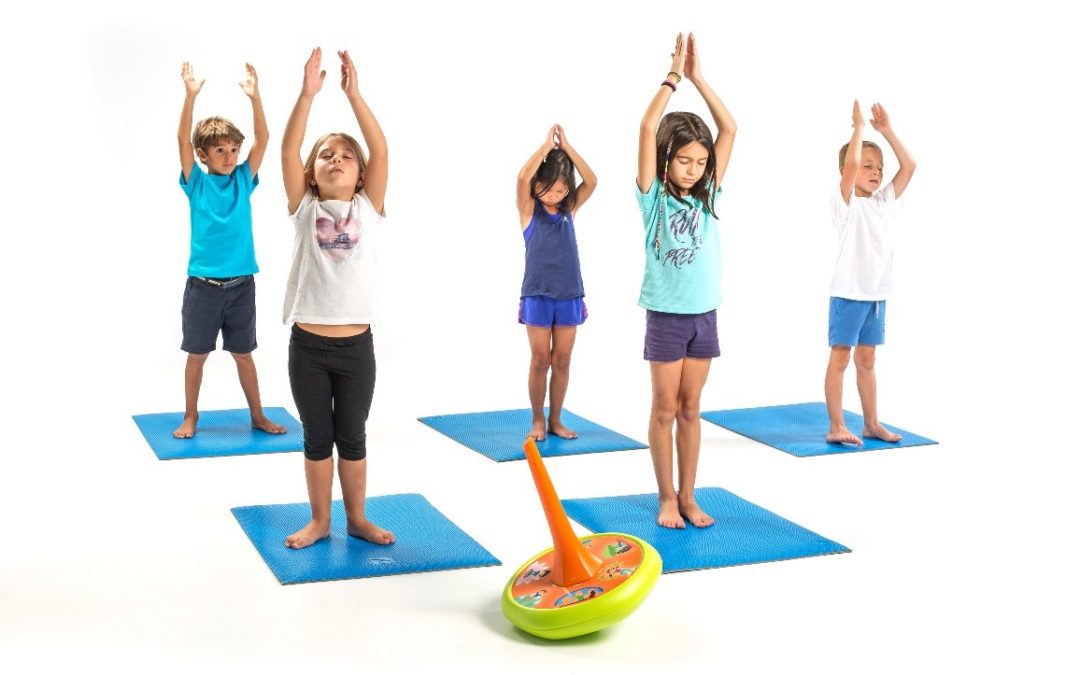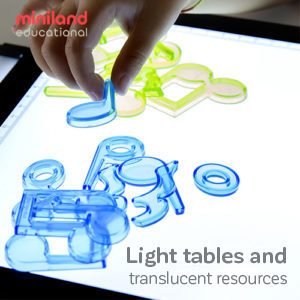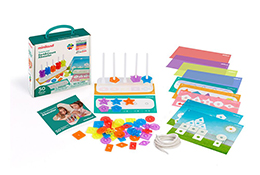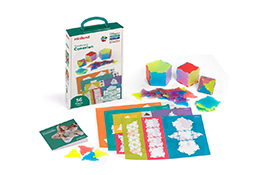Finland is known for producing some of the most physically fit children in Europe.
It also produces some of the highest academic results among schoolchildren in the developed world. According to the Huffine’s Institute, inside Finnish classrooms “they provide yoga balls, standing desks, and obstacles to promote movement and decrease sedentary behaviors. Outside of the classroom, there are open fields, playground equipment, obstacle courses, sidewalks in which most students ranging pre-primary to secondary school (K-12) use as their main source of transportation to and from school.”
In most European schools, there is an emphasis on play and physical activity vs. academics during the early stages of a child’s development (0-7), focusing instead on ensuring children are socially capable and self-aware.
Easily across various school systems around the world, physical activity is at the heart of a child’s curriculum.
Wonder why? SEL.
According to the CDC, students who are physically active tend to have better grades, school attendance, cognitive performance, and classroom behaviors, making exercise a mighty tool to carry within your SEL classroom.
Benefits of Exercise in the Classroom:
- Improves moods and social skills: Kids who exercise regularly are better able to handle physical and emotional challenges, which is key particularly for pre-schoolers and first graders. When we exercise, the body releases chemicals that boost our sense of well-being and suppress hormones that cause stress and anxiety. Among the chemicals released are endorphins, serotonin, and dopamine neurotransmitters which naturally fight pain and depression emotions. All of these magical chemicals result in children who are kinder, more respectful and easier to get along with. Physical activities also force children to engage and work together with their peers, giving their social skills a much needed work out. Here they can practice their communication skills, team work and managing their emotions as they deal with other children. Beyond obvious choices like playing with a kickball or jumping rope, using existing toys in your classroom can be easily incorporated into physical activities. For example, have children take the classroom dolls for a walk to the playground and push them in the swings.
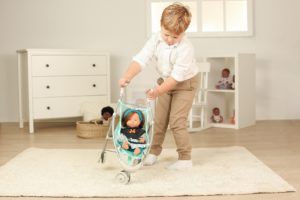
- Improves School Performance: Any type of physical activity, whether it’s jumping rope or rolling sensory balls back and forth, has the power to boost the tools a child needs to retain information better. According to Harvard Health, the benefits of exercise come from many different factors, including a reduction of inflammation in the brain, and stimulation of growth factors (chemicals in the brain that affect the health of brain cells). Indirectly, “exercise improves mood and sleep, and reduces stress and anxiety.” Lack of sleep at home or perhaps stressful environments cause or contribute to cognitive impairment. Giving children the opportunity for outlets to combat those feelings let’s their minds get sharp for all the wonderful lessons you have ready for them. For younger children, physical activity during playtime helps with the development of motor skills, which is responsible for helping them master the basic movements they need for everyday life. The development of a child’s motor skills means that basic feats such as feeding oneself, tying one’s shoelaces and even writing can be achieved much faster.
- Improves Mindfulness: The more active a child is, the more likely they are to adopt a better mood and outlook in every day life. While exercise may seem like a chore to some young children, practice makes perfect like most things in life. Incorporating games into your daily physical activity times helps children become more engaged and centered on their end goal: practicing mindfulness.
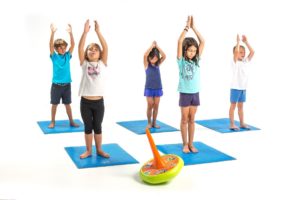
Our Mindful Kids game is a wonderful way to introduce the art of yoga and mindfulness to your students. This fun and engaging game promotes concentration, self-control and the resolution of conflicts in the classroom with the practice of breathing, relaxation, yoga and meditation exercises. All of these skills help self-regulate emotions as well as increase patience and understanding when students are interacting with one another. Plus, it’s just plain fun! The game includes interchangeable discs on a spinning top that allows children to try out different techniques and games geared to improving their mental and physical health. Just spin the “top” and see which position or activity it lands on. Students can take turns spinning, you can split the class up in 2 groups that spin by group, OR you can spin the top yourself and see how your students manage their tree poses and relaxation methods. The Mindful Kids’ experience can be amplified with our Free Online Resource platform Teach & Play, offering a variety of additional activities to take the physical game into digital play. Under RESOURCES you’ll find games, didactic guides and activity sheets from different categories and topics. You can use them with or without your Mindful Kids toy, though we strongly encourage you to use both together for the best experience. Play online or download the game on your device. Each activity shows the suggested age and the intelligence the activity focuses on (Math, Health, Emotions, etc.)
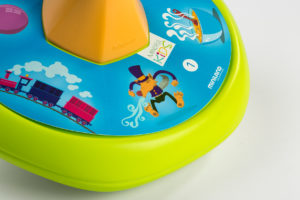
There are many ways you can weave exercise into your daily lesson plans, but keeping “fun” at the forefront will go a long way in retention and excitement for the activity.
For more Body and Mindfulness ideas, visit Miniland Group.
